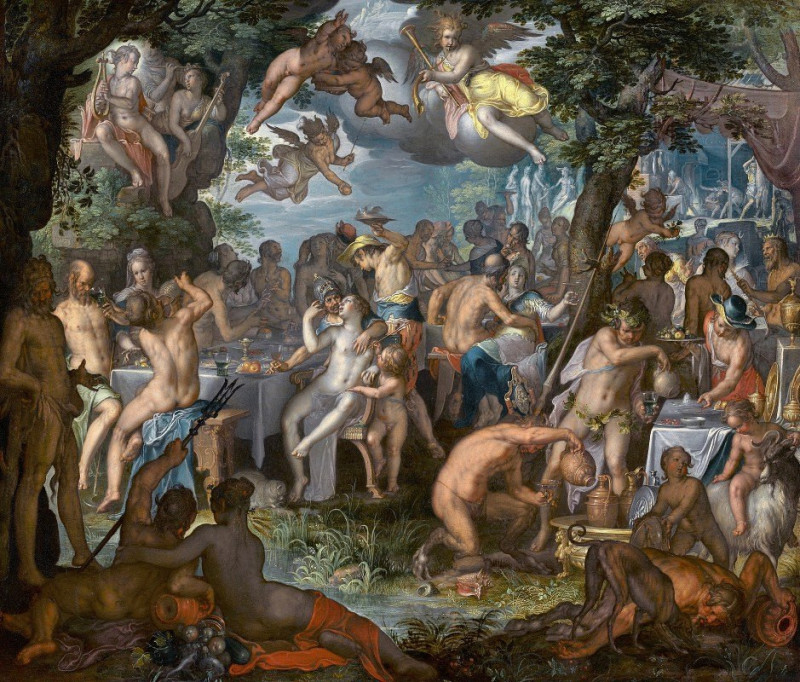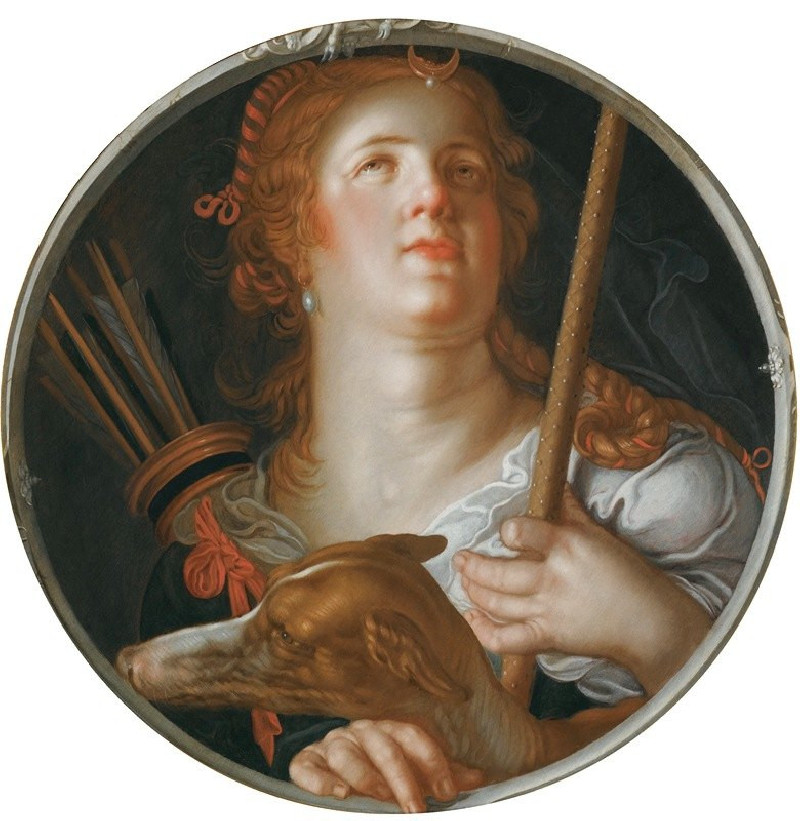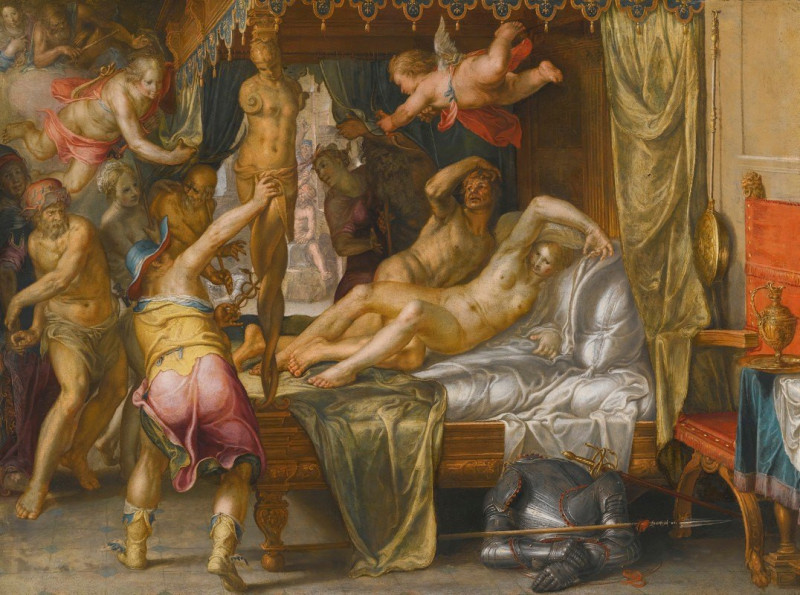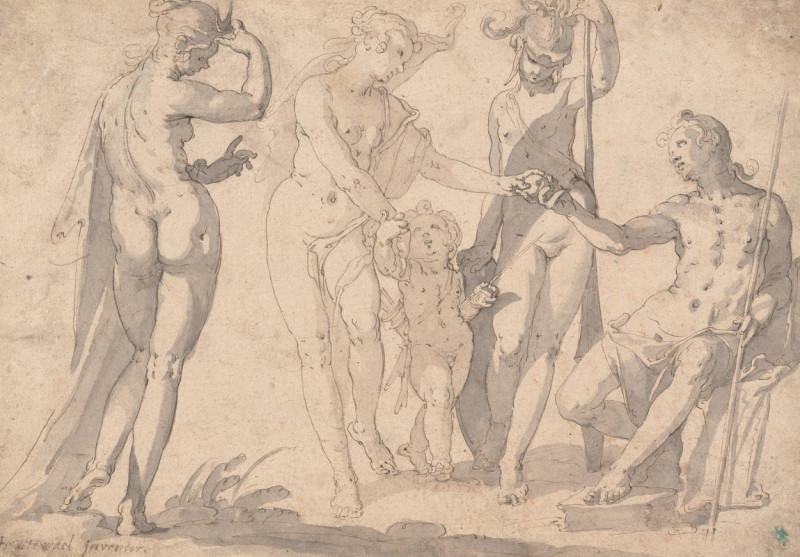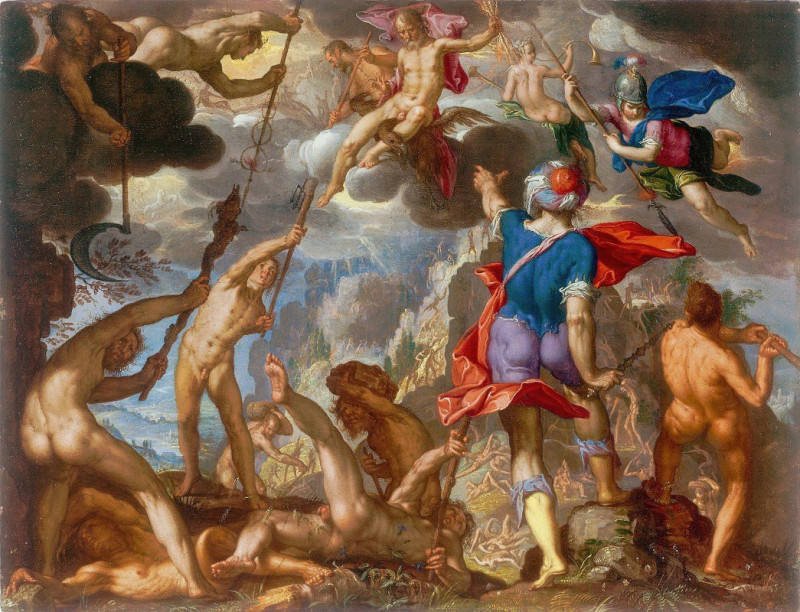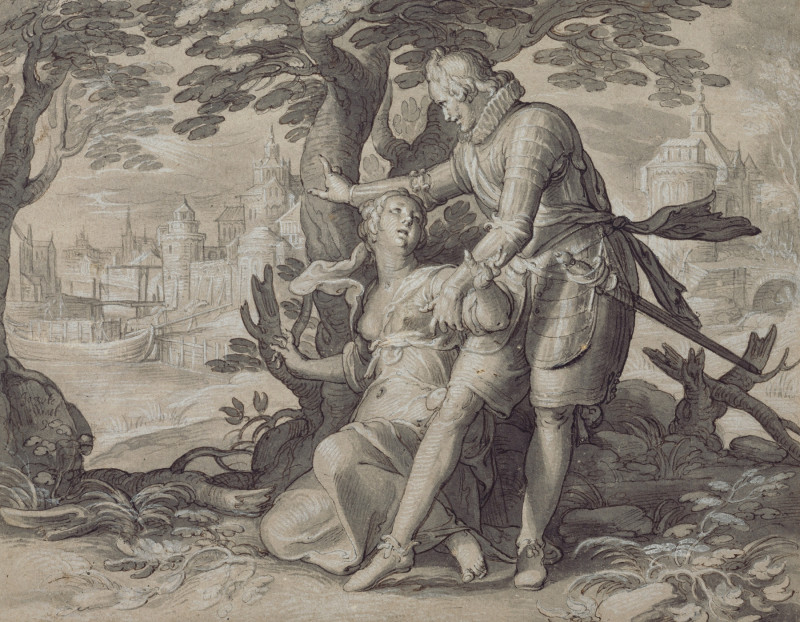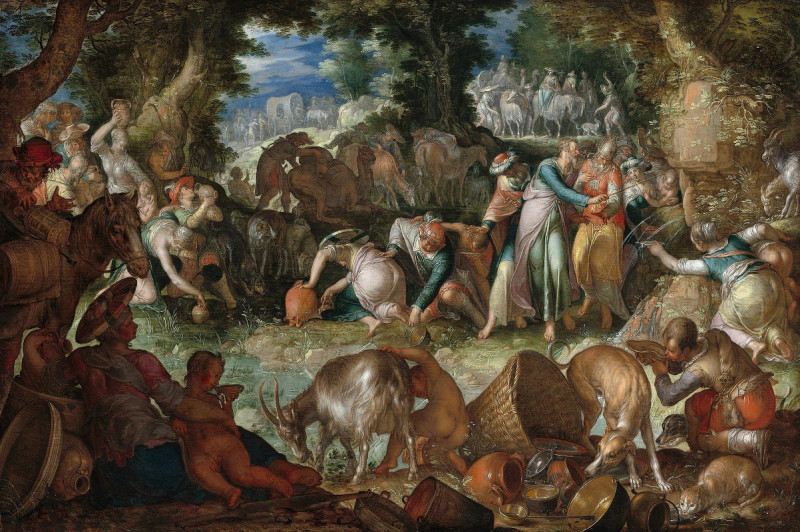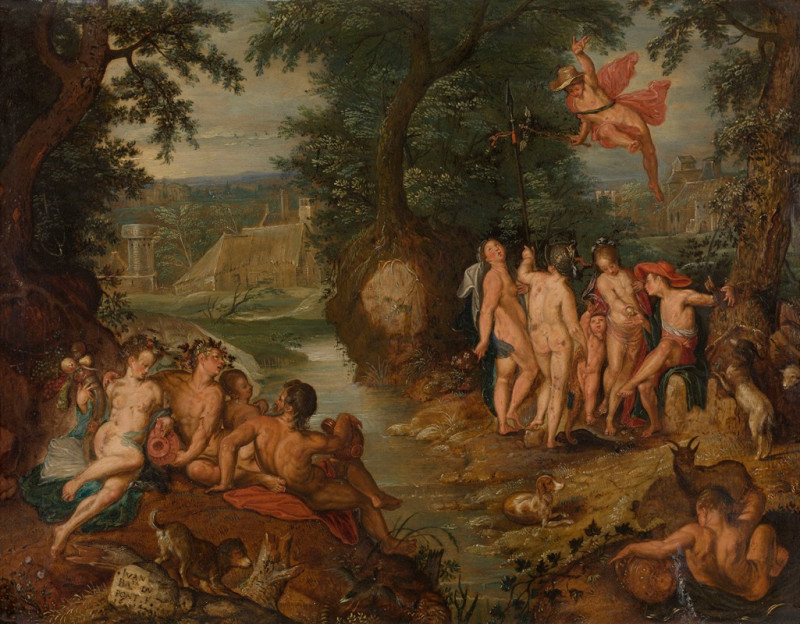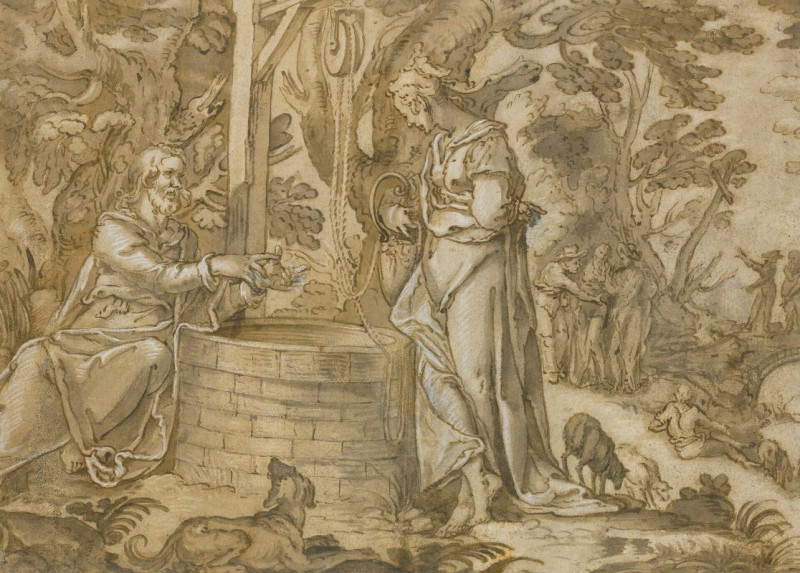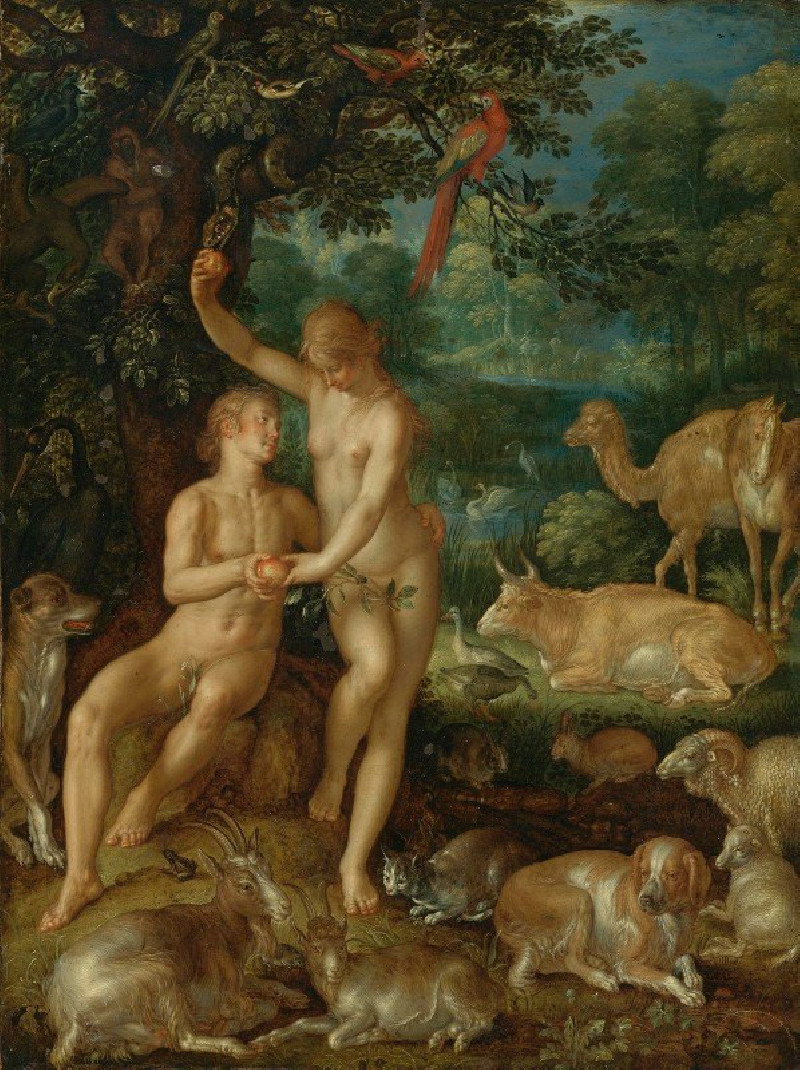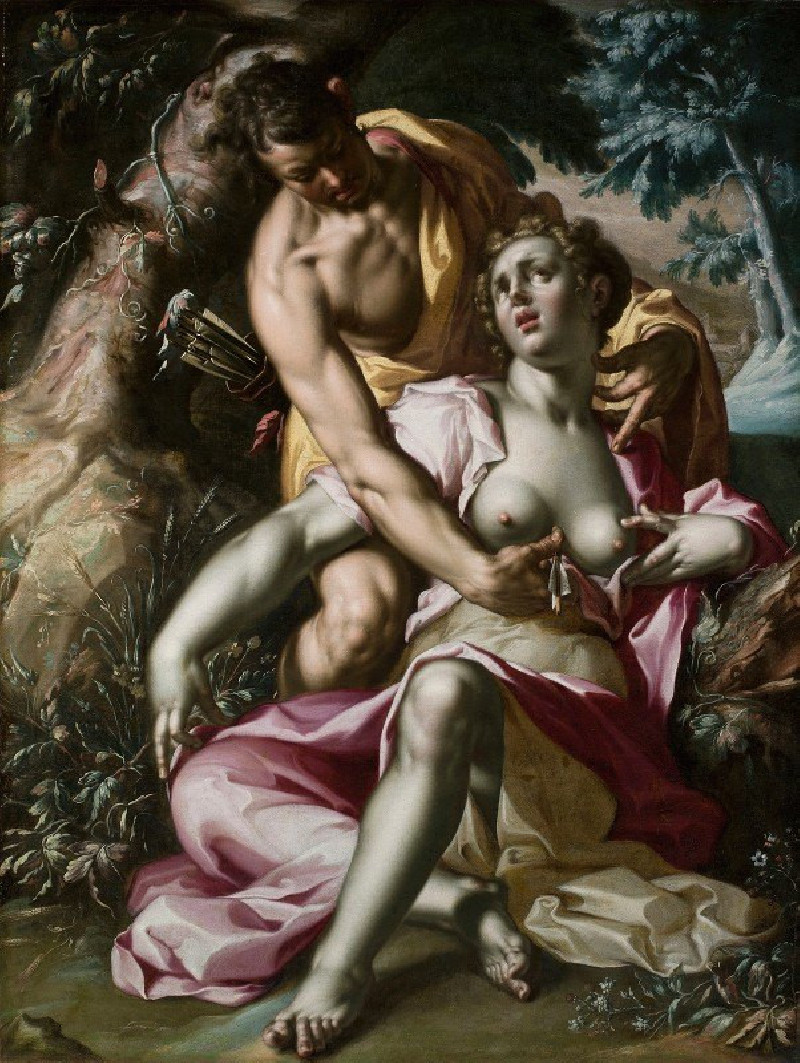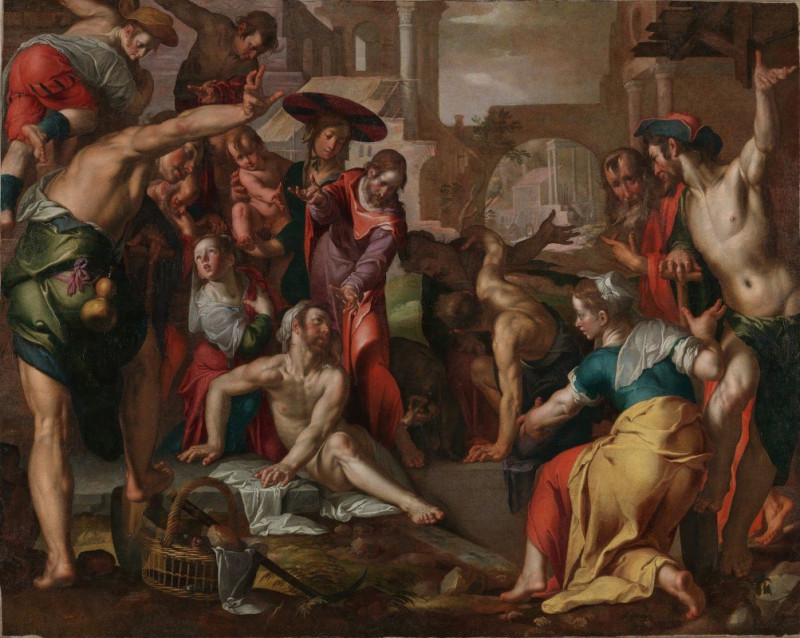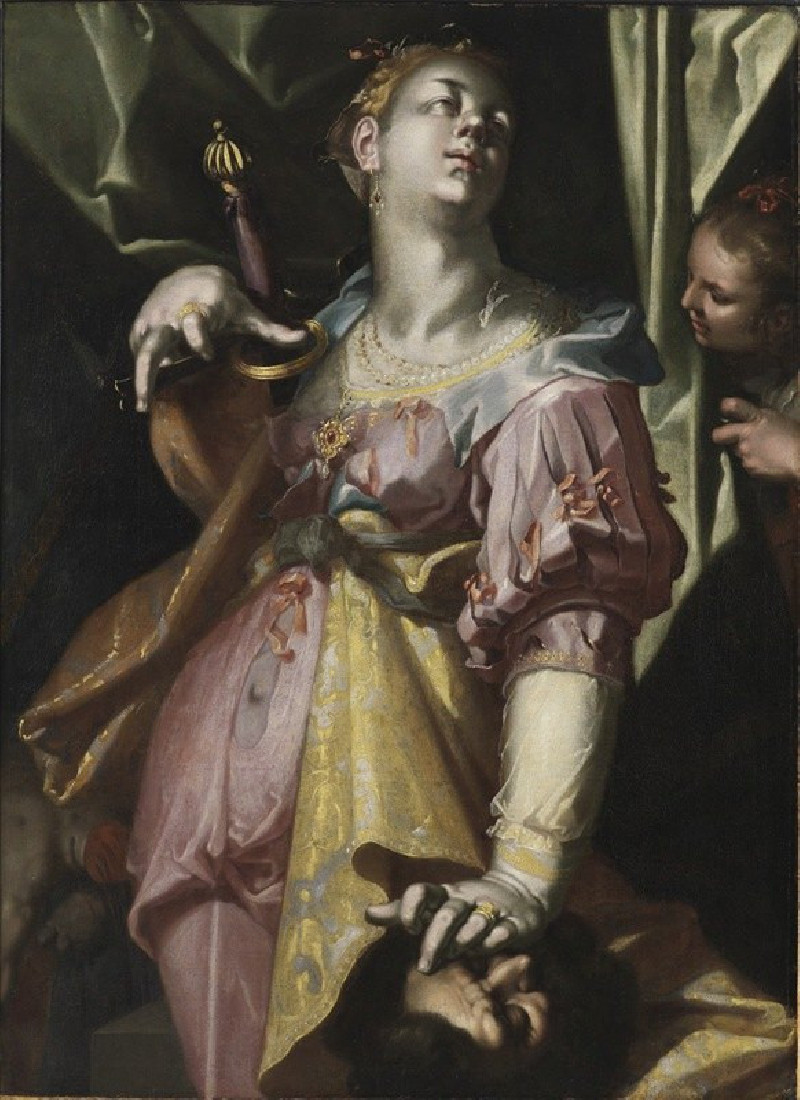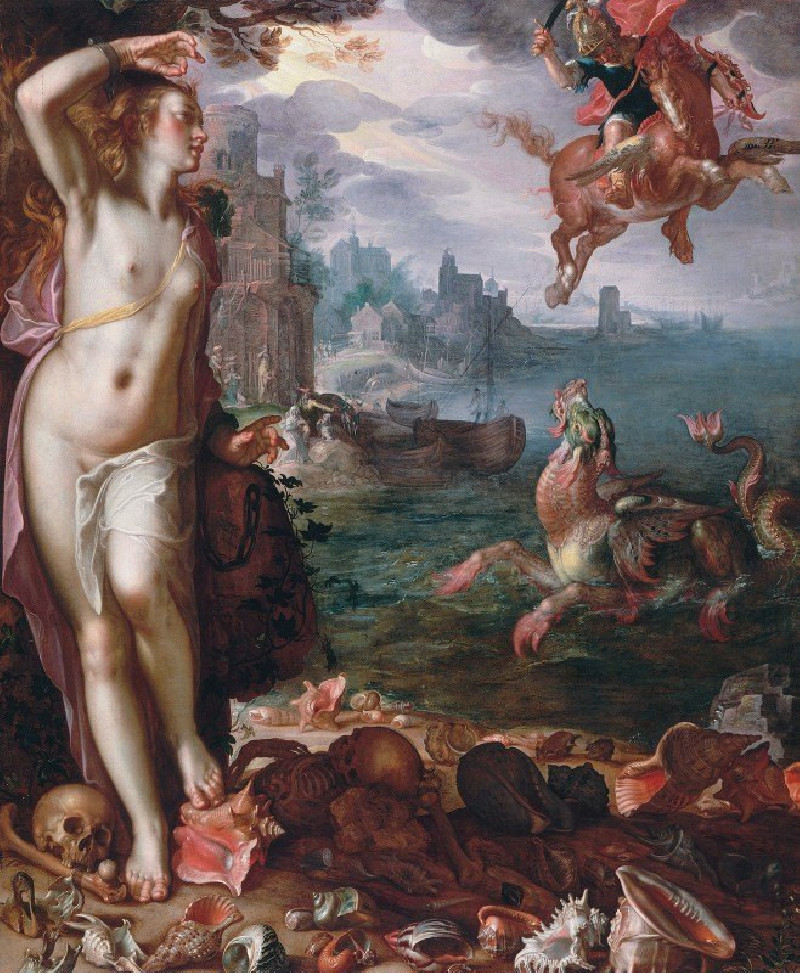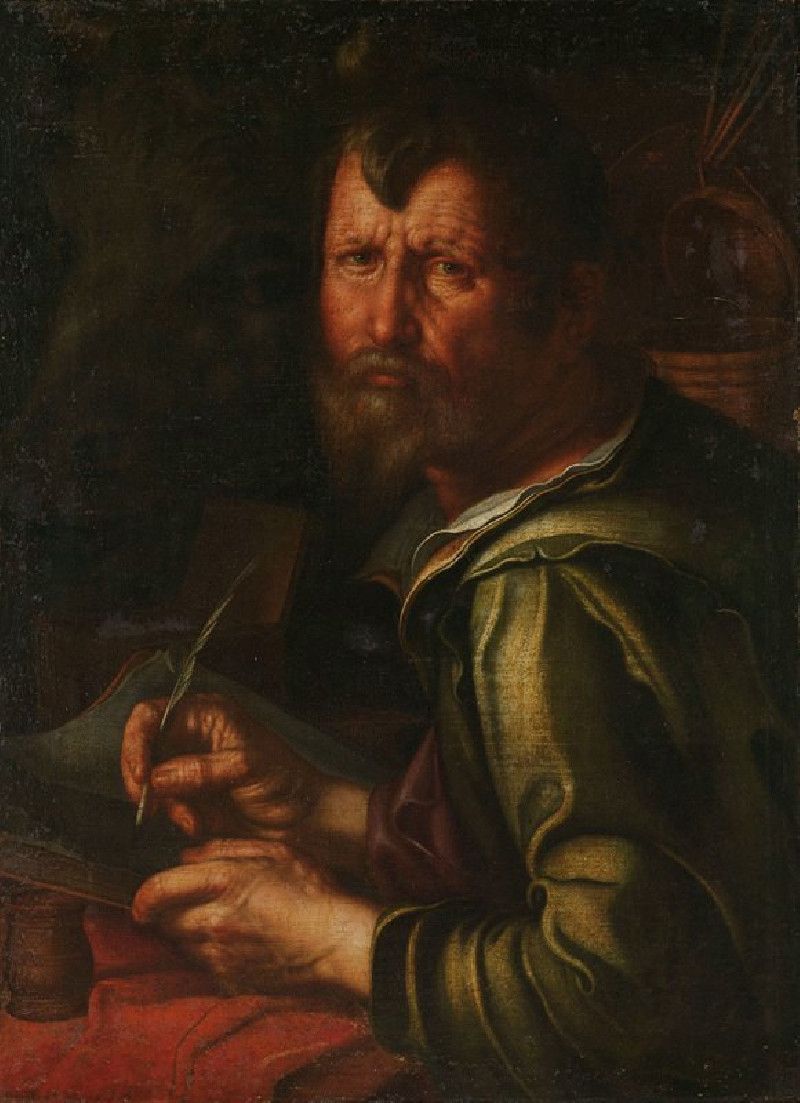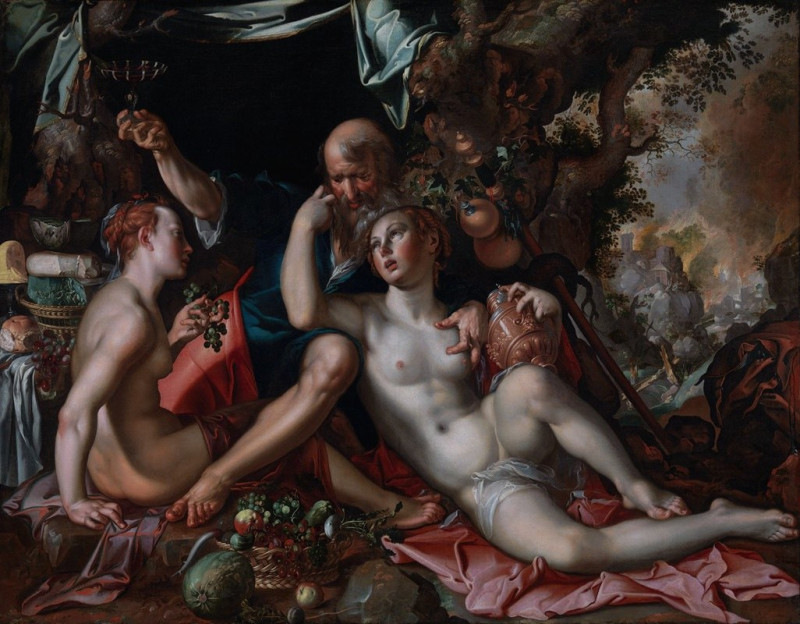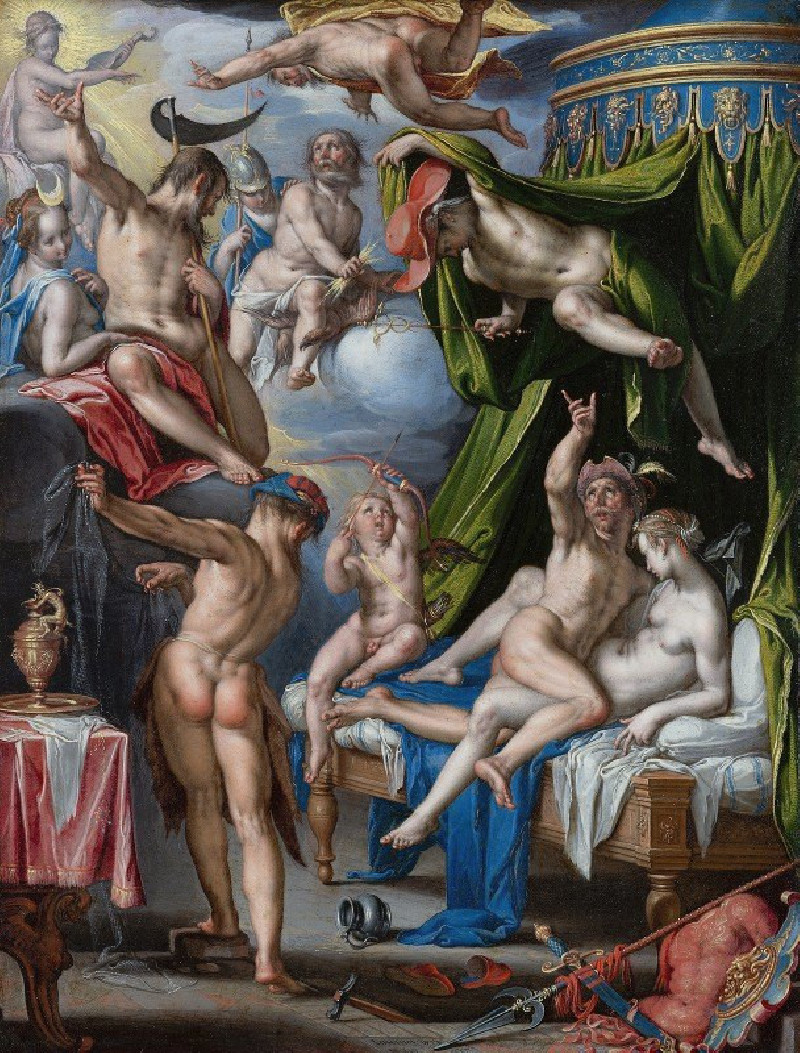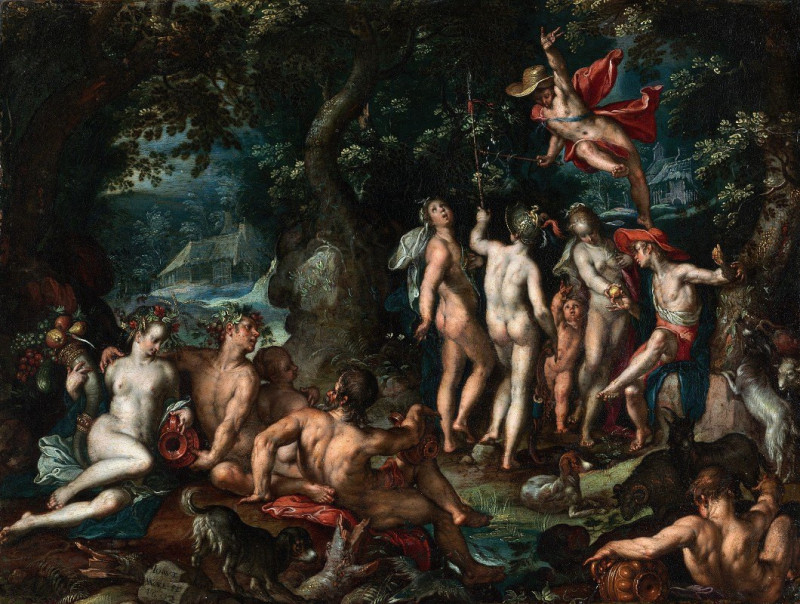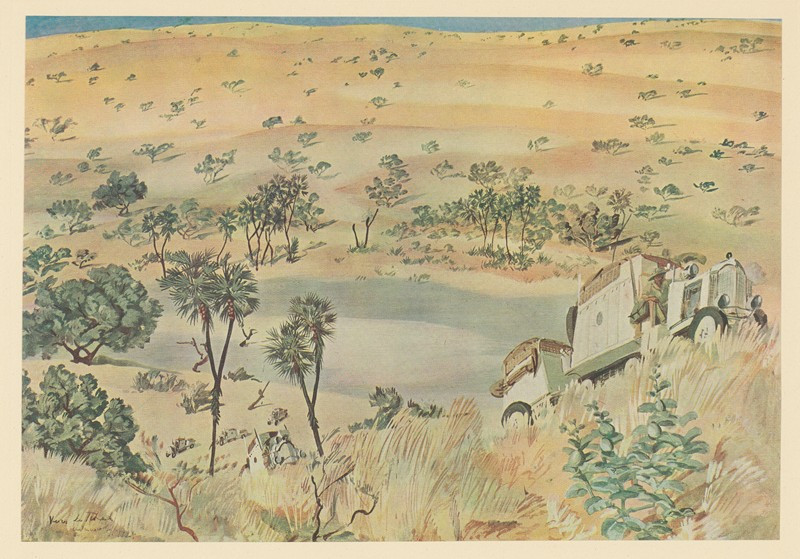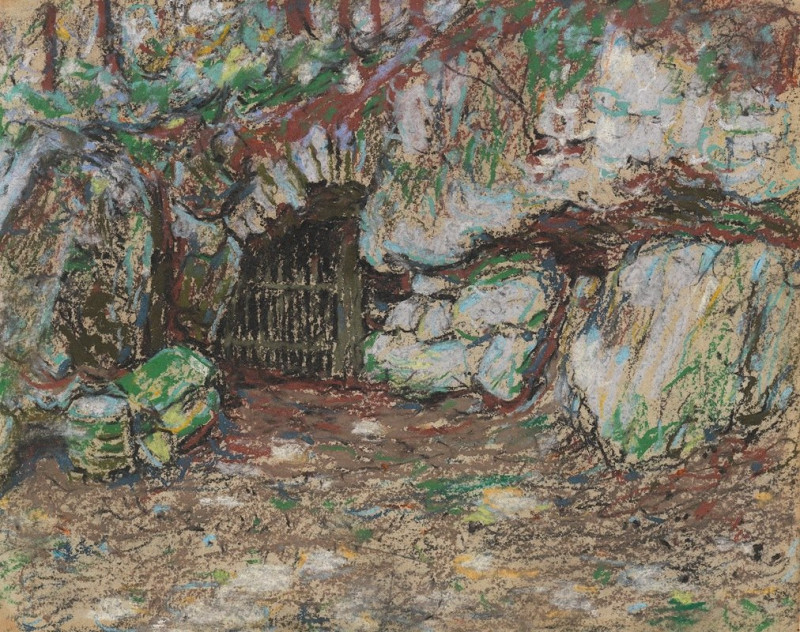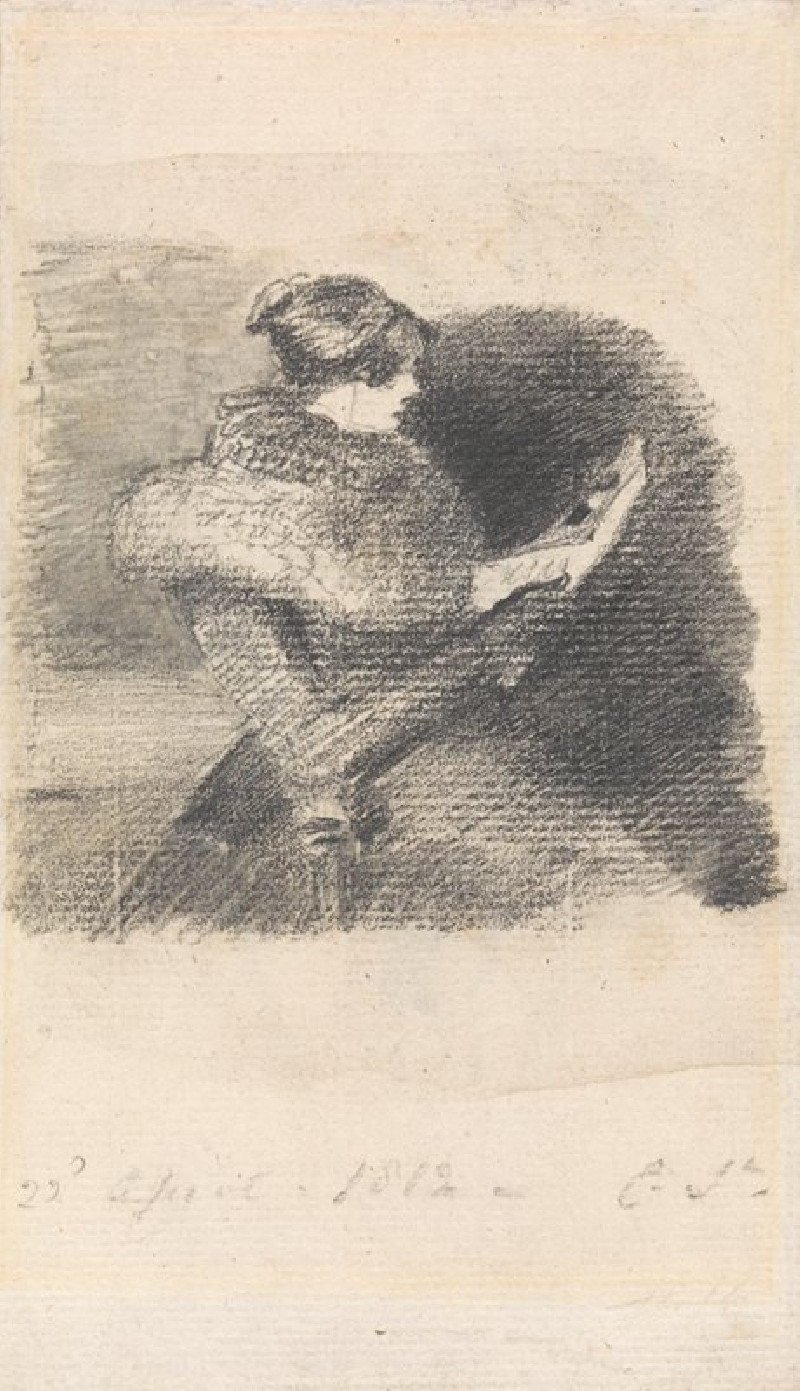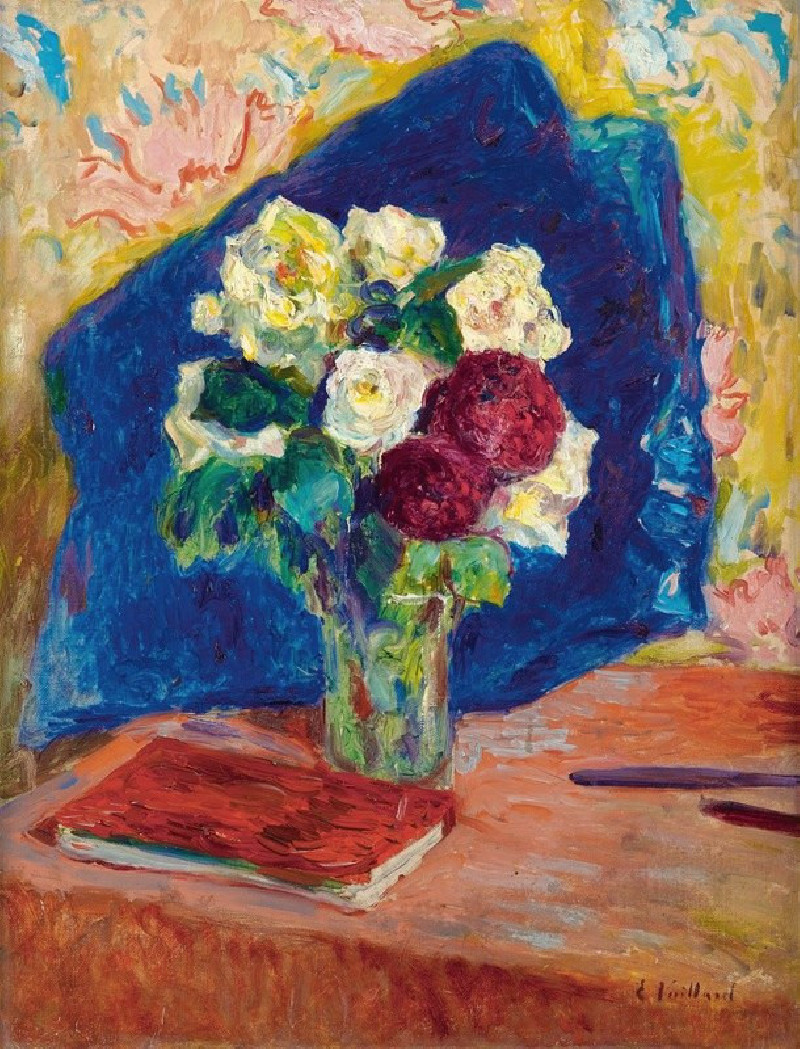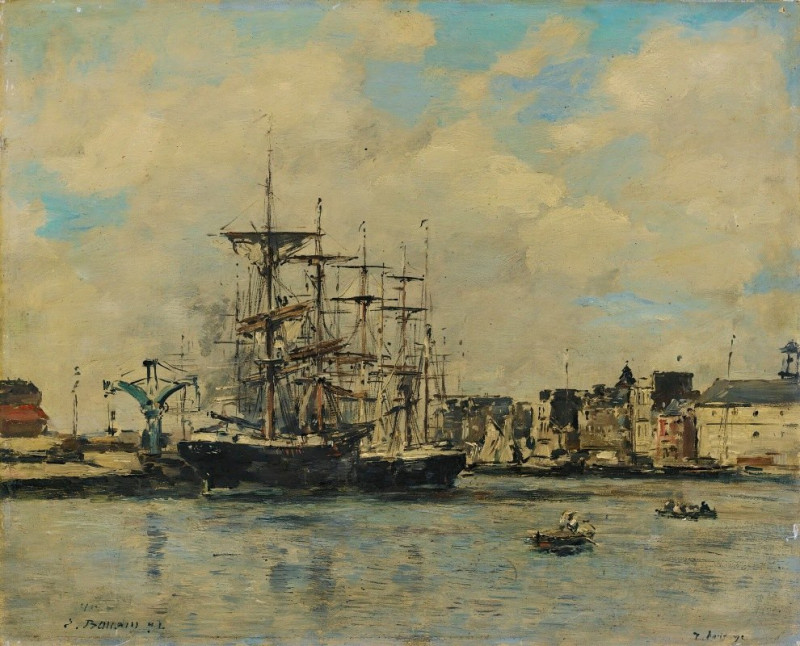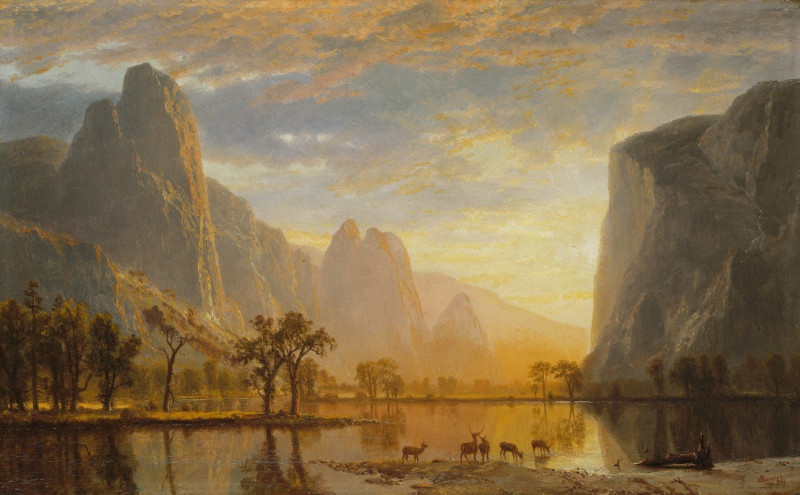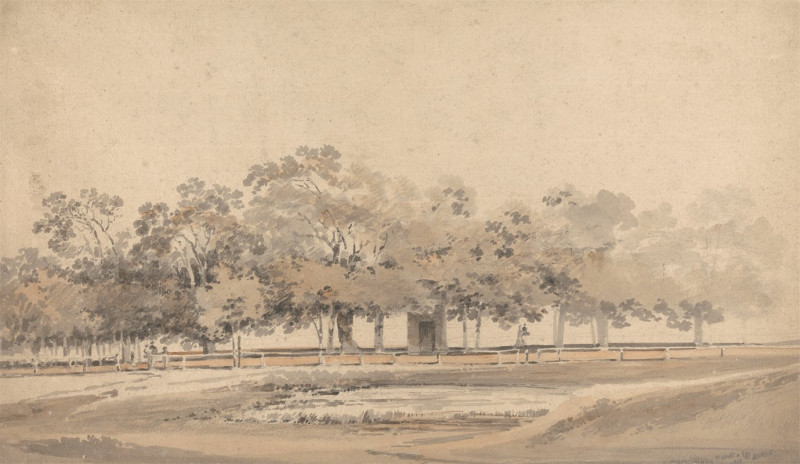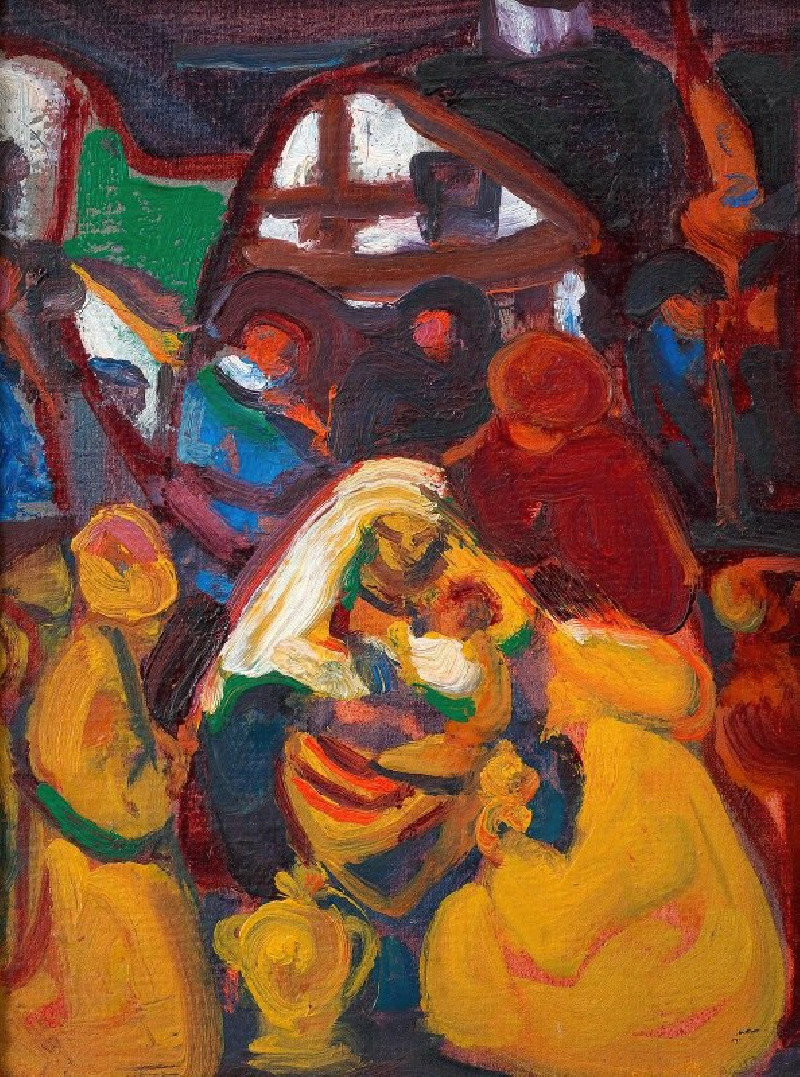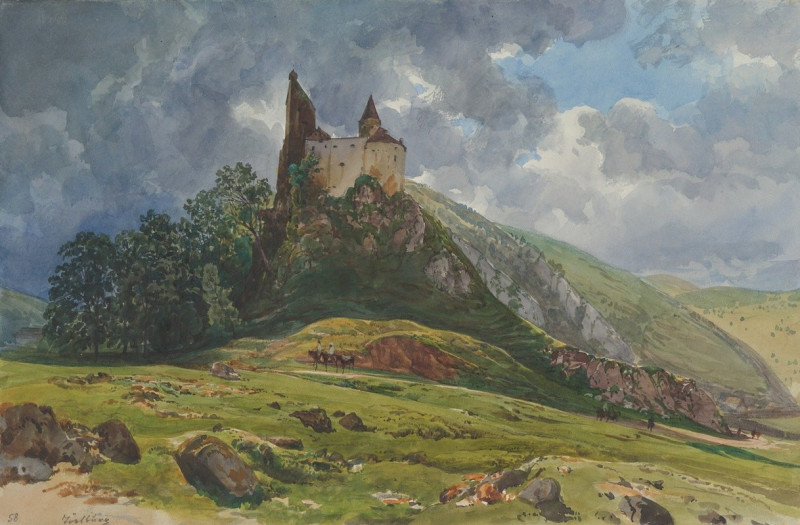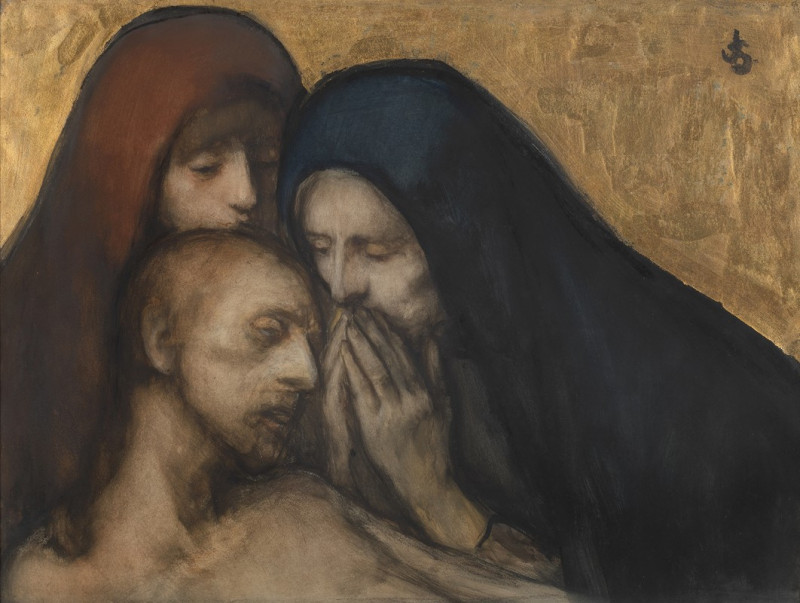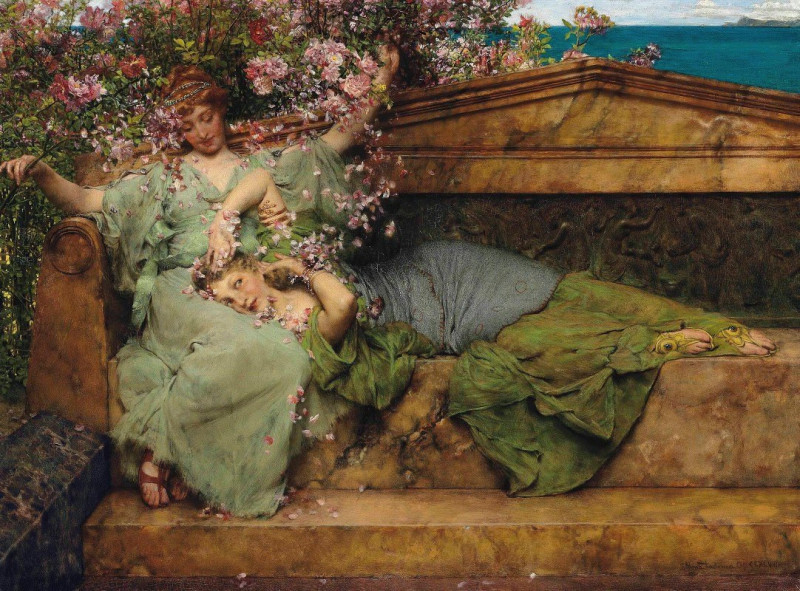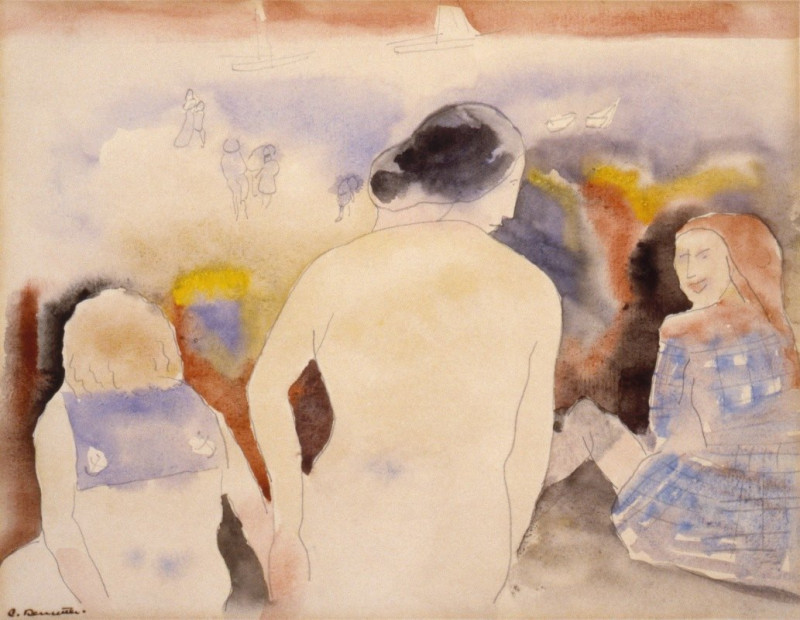The Wedding of Peleus and Thetis (1612)
Technique: Giclée quality print
Recommended by our customers
More about this artwork
Welcome to our exploration of the magnificent painting, "The Wedding of Peleus and Thetis," created by the Dutch master Joachim Wtewael in 1612. This artwork is a vibrant depiction of mythology, overflowing with energy and detail that captures a seminal event in Greek mythology—the marriage of the mortal Peleus and the sea-nymph Thetis.In this exquisitely detailed painting, we see an assembly of gods and nymphs celebrating this divine union, which is set in a lush, enchanted landscape. The scene is bustling with activity and interaction among the characters, indicative of a festive and auspicious occasion. On the left, Peleus can be seen holding the hand of Thetis, symbolizing their union, while the surrounding figures engage in revelry and music.The air is filled with flying cupids and festively attired gods, adding a layer of celestial charm to the terrestrial festivities. The composition is packed with dynamic figures—each rendered with precise anatomical accuracy and expressive gestures—showcasing Wtewael's skill in handling complex, multi-figure scenes.In addition to the central narrative, the artwork is rich with symbolic elements and side interactions, such as a satyr pouring wine and various figures in states of embrace and dance, which allude to themes of love, happiness, and abundance. The use of vivid colors and the intricate play of light and shadow enhance the mystical quality of the setting, drawing the viewer into a mythical time of gods and wonders."The Wedding of Peleus and Thetis" is not only a representation of a mythological event but also an exemplary piece of the Mannerist style, noted for its artificiality and elegance.
Delivery
Returns
Joachim Anthoniszoon Wtewael was a Dutch Mannerist painter and draughtsman, as well as a highly successful flax merchant, and town councillor of Utrecht. Wtewael was one of the leading Dutch exponents of Northern Mannerism, and his distinctive and attractive style remained largely untouched by the naturalistic developments happening around him, "characterized by masterfully drawn, highly polished figures often set in capricious poses".

